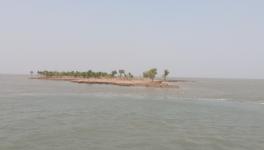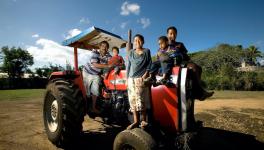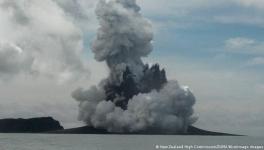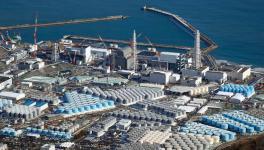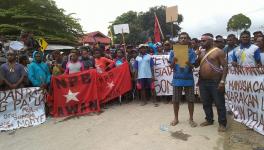What Made Predicting the Indonesian Tsunami Difficult
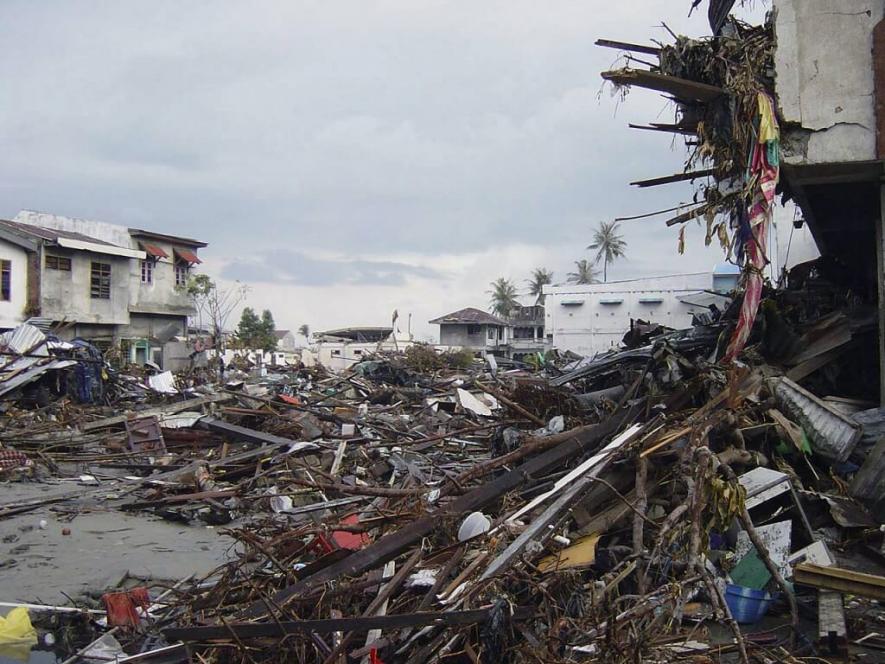
What Made Predicting the Indonesian Tsunami Difficult
On Saturday evening, when many Indonesians were enjoying a pre-Christmas musical concert, ravaging sea waves hit them before anything could be done. Nobody had the slightest hint about it. The tsunami originated in the Sunda Strait and hit the Java and Sumatra islands, leaving hundreds dead and reducing large swathes of land to rubble.
Much has been said about the failure of the Indonesian Government in predicting the tsunami. It is also true that Indonesia lacks in Tsunami predicting infrastructure which should have received more attention, especially in a tsunami prone country like Indonesia. In fact, many of the existing predicting machineries are also not functioning properly. This is the second tsunami devastation that Indonesia had to suffer within a span of three months. In September, a tsunami hit the Palu region followed by massive earthquakes which claimed some 2,000 lives. Nevertheless, Saturday’s tsunami was not at all like the previous ones and experts are arguing that even a timely prediction wouldn’t have saved lives.
Also Read: Why Indonesia Failed to Contain Tsunami-Related Devastation
How this Tsunami was Different and Difficult to Predict
In most of the cases, tsunamis occur as a result of massive earthquakes beneath the sea bed. The earthquake can disrupt the sea bed abruptly and displace water from the equilibrium position. The displaced water hit the shores with enormous energy, swaying whatever comes its way.
But Saturday’s tsunami in Indonesia was not caused by undersea earthquake; it was an outcome of a volcanic eruption. The Anak Krakatau volcano caused molten rocks to create massive underwater landslides that pushed water up and caused a wave that grew as high as 10 feet.
The Anak Krakatau lies in the Sunda Strait which is equidistant from Java and Sumatra. The underwater landslides here hit the shores of both Java and Sumatra with almost equal intensity causing similar devastation.
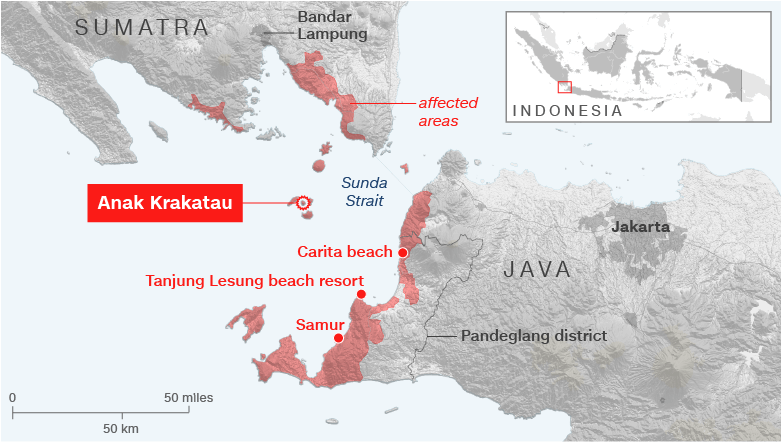
Indonesia’s existing tsunami prediction systems are not up to date for the prediction of non-seismic tsunamis like that caused by volcanoes, but are made for early warning about earthquake activities.
Most of the tsunami detection systems contain a pressure recorder anchored to the sea bed and a buoy on the surface. The system detects and records the changes in water pressure on the onset of a tsunami and transmits that information to the surface buoy which is eventually relayed to the wider network in the tsunami detection system.
The National Oceanic and Atmospheric Administration (NOAA) says that earthquake is the first sign of any potential tsunami. They also concede that forecasting non-seismic tsunamis are far more difficult. These kinds of tsunami can erupt with little or no warning.
Tsunami experts also said that minimising or preventing the loss of lives would not have been possible in Saturday’s tsunami, even if early volcanic prediction systems were in place. This is because, the underwater landslides caused huge waves to approach the shores with an immense speed. The waves hit the shores within few minutes after the landslides had caused them. Within that extremely short span of time evacuation of people near the shores would not have been possible.
Ring of Fire
The Anak Krakatau volcano is situated at the Ring of Fire—the area in the Pacific Ocean that is home to many earthquakes and volcanic eruptions. The 40,000 km horseshoe shaped area has 452 volcanoes and is associated with high tectonic activity.
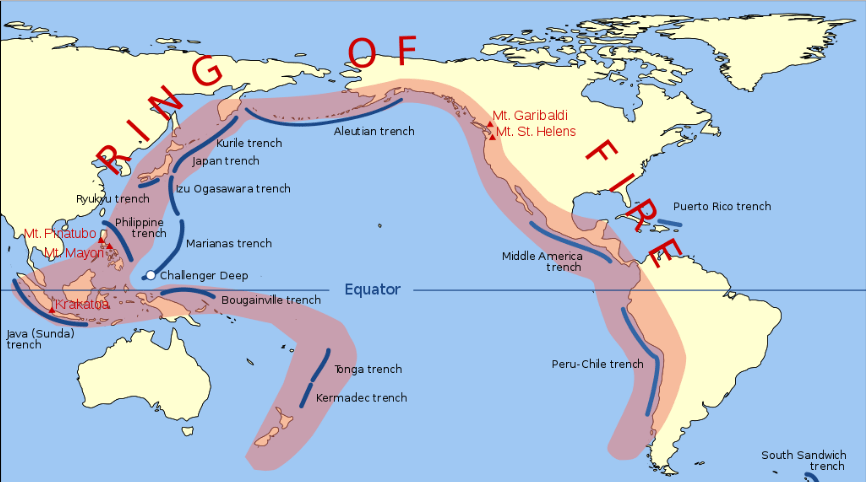
Volcanoes along the ring are formed by the process called subduction—when one plate gets shoved under another into the mantle. Mantle is the rocky solid body that lies between Earth’s crust and the molten iron core. Tsunami-causing large earthquakes can also occur in the subduction zones and Indonesia is formed in part by the volcanoes in this very Ring of Fire.
Get the latest reports & analysis with people's perspective on Protests, movements & deep analytical videos, discussions of the current affairs in your Telegram app. Subscribe to NewsClick's Telegram channel & get Real-Time updates on stories, as they get published on our website.










